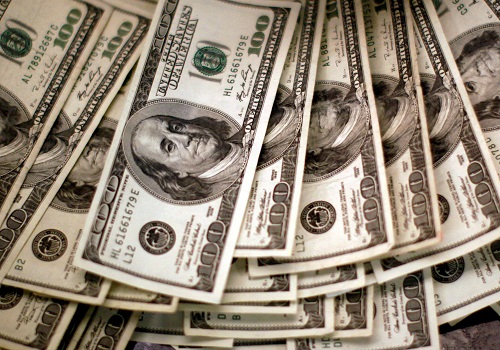Sectorial outlook for Two Wheeler industry by George Thomas, Quantum AMC

Post the recent market rally, valuations have caught up across most sectors. In the current market environment, it is prudent to invest in sectors which has potential for a revival in earnings trajectory and trading around reasonable valuation. Few two-wheeler OEMs (Original Equipment Manufacturers) fit the bill.
In the past few years, Two-wheeler companies witnessed a revision in emission standards creating the need to enhance the existing systems. Rapid increase in commodity costs further aggravated the production cost inflation. Though Companies were able to pass on the cost inflation, affordability was impacted leading to a moderation in volumes.
The following table shows change in key metrics of prominent two-wheeler companies over FY19-FY23. Most companies have passed on the cost inflation which is evident in high growth of unit realization. Unit profitability (Refer EBITDA Per Vehicle column) has improved albeit at a slower pace, despite a decline in utilization. Sales volume has understandably declined for most names barring the premium segment where sensitivity to price hikes is relatively lower.
Key Metrics of Two-Wheeler Companies- Good chance for a pick-up in operating leverage

There are couple of factors which could support companies to harness operating leverage in the medium term:
- Input cost inflation is likely to be contained in the medium term leading to limited price hikes and an improvement in affordability.
- An improvement in utilization as volume growth comes back can aid operating leverage (Growth in profitability to be higher than revenue growth).
Potential Revival of Replacement Demand:
Rapid price hikes have negatively impacted affordability in many segments, translating to a deferral in replacement decisions. The following table shows the current annual sales as a proportion of replacement potential. A rapid decline in the ratio indicates a potential for revival in replacement demand as affordability improves.
Reasonable Potential for a revival in replacement demand:

Couple of risks which market is wary at this point are the new entrants in e-2w (Electric) and heightened competition in premium segment.
Government generously revised the subsidy on E2W at Rs15K/kWh and cap as a proportion of ex-factory price to 40% in June-2021. In June-2023, E2W subsidy was reduced to Rs10K/kWh with 15% cap. The rollback of E2W subsidies in June has pushed up vehicle prices leading to a moderation in pace of EV adoption. Share of EVs in 2W sales has dropped from 5.8% in Jan-May to 3.9% in June-July. Roll back of subsidies and increased scrutiny over qualification criteria for claiming incentives has led to a consolidation of market share in favor of larger players. Key impediment to rising penetration of e-2w is affordability and ability of players to come up with powerful models at competitive price. There is limited room to improve affordability in the medium term as battery prices are likely to be sticky in the current global environment.
Markets worry about an intense competition in premium segment looks premature. Volume share of premium vehicles (>250 cc) has more than doubled over the past decade. As the income levels increase over long term, the premium segment has potential to expand meaningfully. The opportunity size should be reasonably large to support few players.
Tailwinds are likely to outweigh headwinds in the medium term:
As can be seen from the initial points, the two-wheeler sector is due to witness near term tailwinds. Headwinds are unlikely to have a material impact, at least in the medium term. Investors with a long-term view may consider adding some of the two-wheeler auto names which are trading at reasonable valuations.
Above views are of the author and not of the website kindly read disclaimer










Tag News

We anticipate immense potential benefits from the upcoming Sovereign Gold Bond Tranche in FY...













